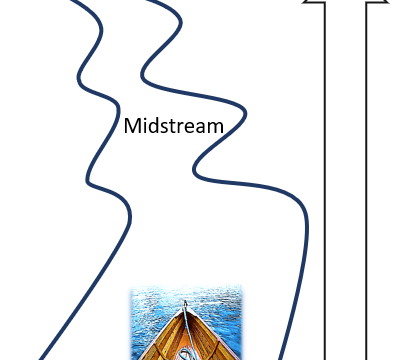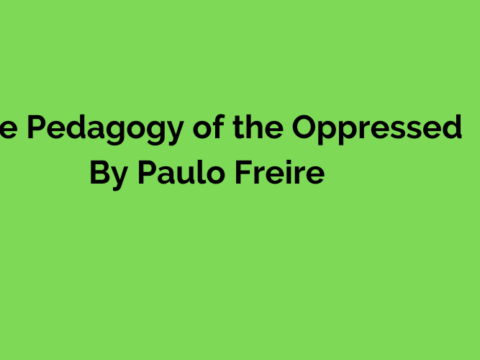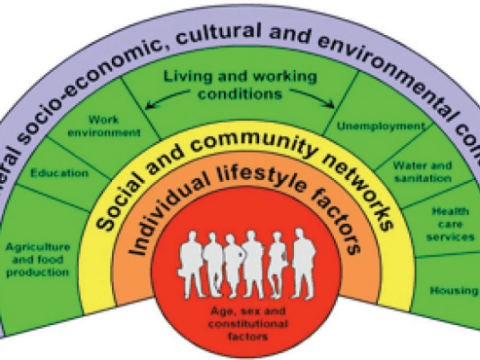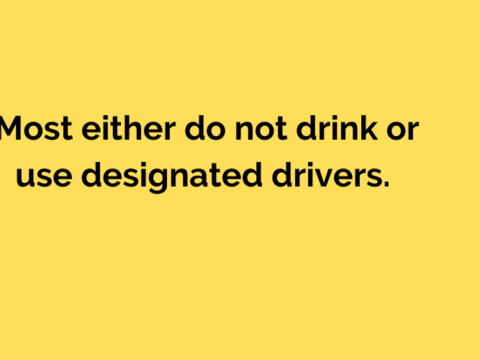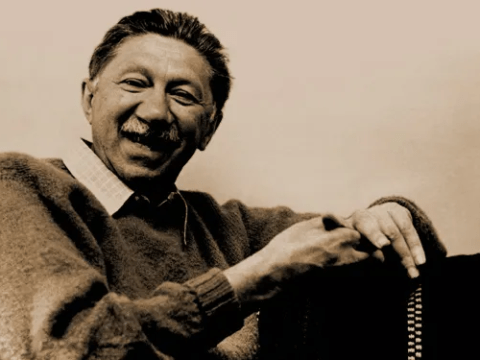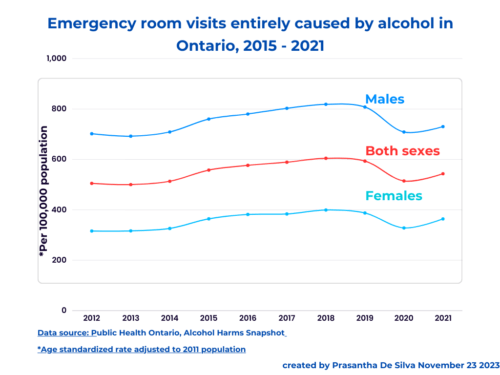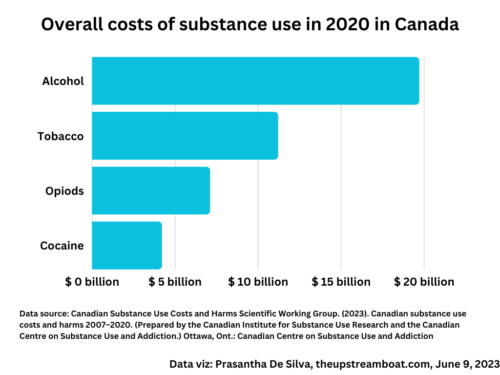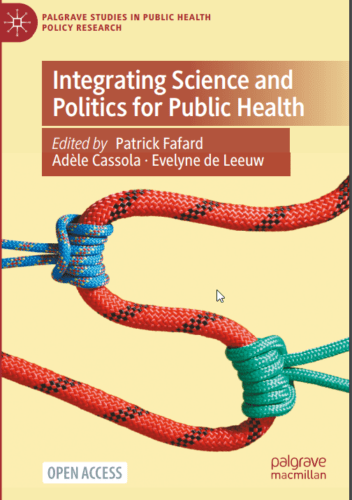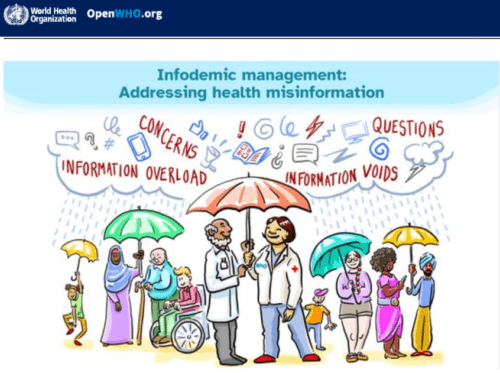Tag: behaviour change
Maslow did not create Maslow’s pyramid
Three weeks before, I had to unlearn my learning about Maslow’s pyramid; it is not his. He did not build it to explain his theory about human motivation; “Maslow did not build a pyramid to explain his theory”. I read about it for the first time in a Scientific American article. It was titled “Who Created Maslow’s iconic pyramid? and written by Scott Barry Kaufman”. Who built the pyramid? The pyramid was built into Maslow’s theory more than a decade later after Maslow’s initial introduction in 1943. Charles McDermid, a management expert, introduced the pyramid into Maslow’s theory. We can…
Swiss Cheese Model for COVID-19
The Swiss Cheese Model for COVID-19 is an excellent mental tool to visualize COVID-19 prevention strategies at the system level, a bird’s eye view. First, about the Swiss Cheese Model. As emphasized by James Reason, the model’s creator, it invites us to view human errors as a consequence, not as a cause. According to this line of thinking, the error is not a moral problem but a system problem. I have discussed it in the above post. Swiss Cheese Model for COVID-19 We can apply the Swiss Cheese Model for COVID-19 to visualize and understand COVID-19 prevention strategies. Academics and…
The legendary journey of the Ottawa Charter
Above are the global conferences logos of the Ottawa Charter held in different cities since 1986. Since then, thirty years have passed. This post explores the Charter’s legendary 30-year-long journey travelling from city to city from Ottawa in 1986 to Shanghai in 2016. The Charter’s birth The Ottawa Charter‘s groundwork was laid in 1978 with the Declaration on Primary Health Care at Alma-Ata, Russia. What is health? The word, “health”, refers to complete physical, mental, and social well-being, not merely the absence of disease or infirmity as articulated in 1948. Writing an editorial to the Health Promotion International on behalf…
How social norms shape our behavior
You must have been in a library; you stay silent. That is a classic social norm example. Another common one is littering. As we all know social norms can either be socially desirable or socially undesirable. Every day we adhere to social norms that are an array of unwritten sets of rules we follow. In a way, these play a crucial role in the smooth functioning of a society. Once we deviate from it, we can expect negative consequences. Robert Cialdini deconstructs the concept further; he describes two types of social norms: Descriptive and injunctive. Descriptive (popular) social norms = What…
Theory of reasoned action and theory of planned behaviour
Can we change behaviour by changing attitudes? Not really, contrary to popular belief. The connection between attitude and behaviour is complex. In the 1960s, Fishbein and Ajzen explored the connection between attitude and behaviour. Based on the findings, they developed a theory to explain the connection between the two. It is the Theory of Reasoned Action. Later, they expanded a little further and renamed it the Theory of Planned Action. Theory of Reasoned Action (TRA) In summary, this theory says; Let us see how it applies in real life. Think that someone wants to carry out the breast self-examination. She…
Stages of Self-Change
Although behaviour change occurs in a continuum, researchers have identified stages of self-change in some behaviours such as quitting smoking. Let us embark on this journey starting 37 years ago:1983. 1983: “Stages of change” Since the early 1980s, two researchers – James Prochaska and Carlos DiClemente – had been working with smokers who wanted to quit. They observed that some quit without any outside help. In order to explore the observation further, they recruited 872 middle-aged volunteers who were smoking from Rhode Island and Texas through a newspaper advertisement. After classifying them into five groups, the study participants were followed…
Health belief model to craft health messages
We can use the Health Belief Model to craft health messages. In this blog post, we will explore, Health Belief Model’s Origins The model has a rich history. It came to light in the 1950s with Godfrey Hochbaum’s research project. This is how he conceptualised the model. In the 1950s, pulmonary tuberculosis became rampant in some neighbourhoods in the US. The US health authorities began screening at-risk people by X-raying their lungs to detect early changes. The service was free. But, many did not attend. To understand why they did not attend these free screening clinics, Godfrey Hochbaum surveyed 1200…
